Classics 10 Art (copy)
1/65
Earn XP
Description and Tags
Name | Mastery | Learn | Test | Matching | Spaced |
|---|
No study sessions yet.
66 Terms
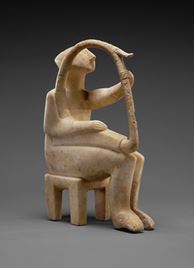
Cycladic Harp Player, Aegean Bronze Age, Cyclades, Marble, Harmonistic/peaceful possibility of minoan culture

The Franchthi Cave, Paleolithic/Neolithic, tribal remains, evidence of pottery and trade

Pottery from Neolithic Dimini, Spiral/Geometric Patterns, interactive communities
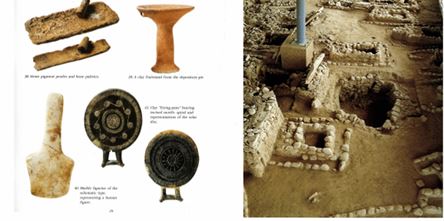
Early Helladic Cemetery at Tsepi, community organization, ppl buried with grave goods, prestige of the past, social excess
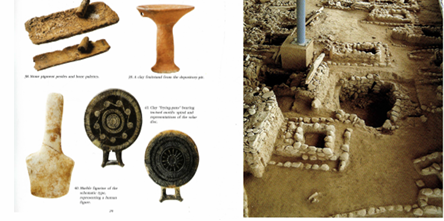
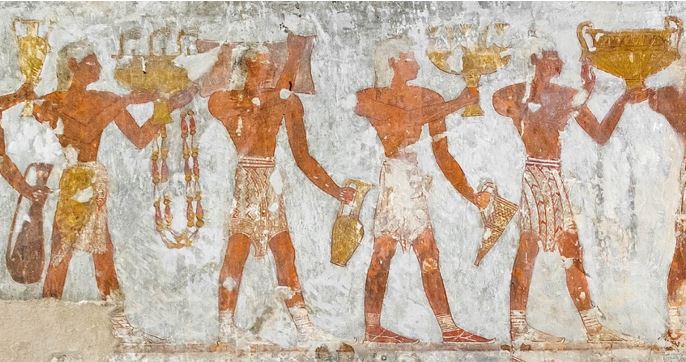
Rekhmire Tomb in Egypt
Depict Greek tribe bringing gift to Egyptian Pharaoh, signifying trade relations & exploration

Cycladic Figure from Naxos, Plastiras Type, Early Bronze Age, Cyclades, Geometric Patterns/Shapes, Majority Female-Form, Marble

Harvester Vase, Hagia Triada, Late Bronze Age, Depicts Men Marching in Harvest Celebration, Minoan Civilization
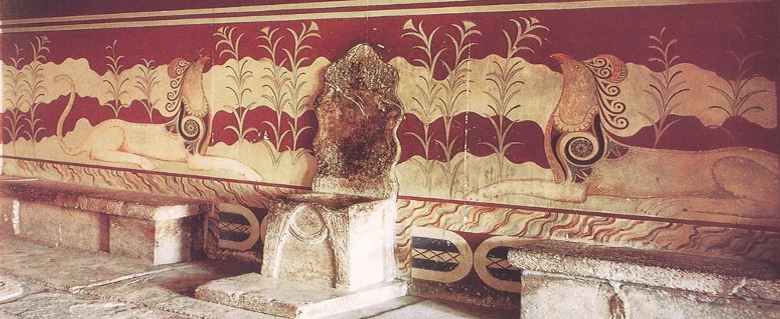
King’s Throne at Knossos, Minoan Palace on Crete, Painted Griffins = power, ceremonial/religious space
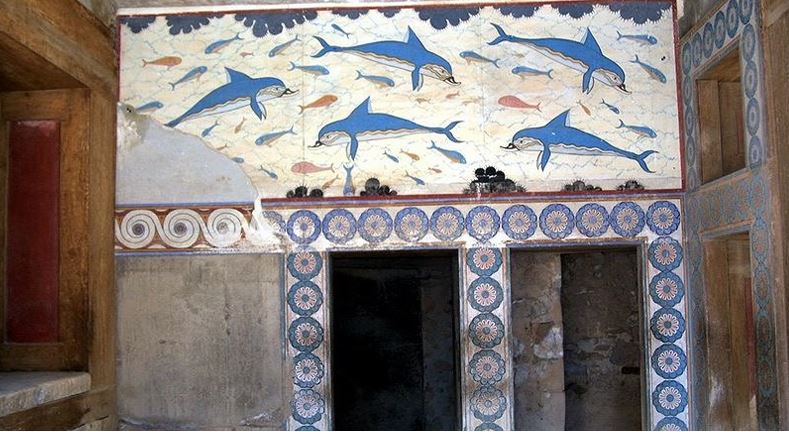
Fresco of the Dolphins, Knossos, Minoan Fresco in Palace of Knossos, Crete
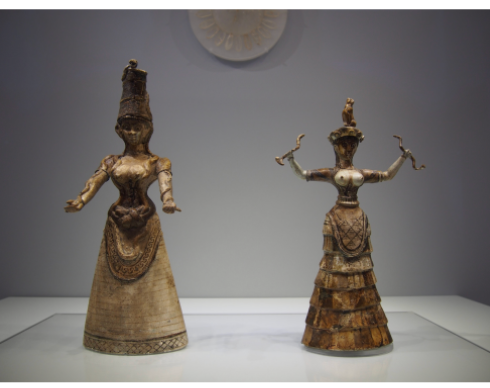
Snake Goddesses at Crete, Minoan civilization, Symbolize priestesses, maybe. Fertility, protection
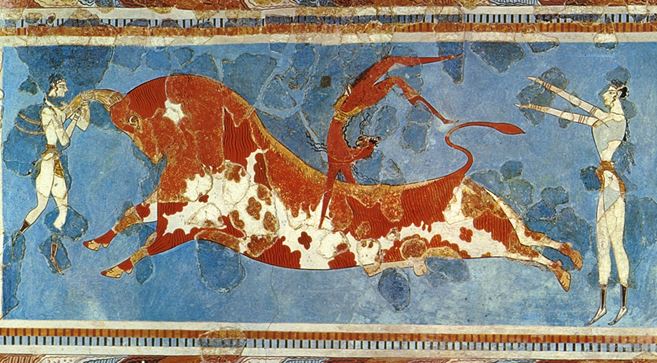
Bull-Leaping Fresco, Knossos, Minoan
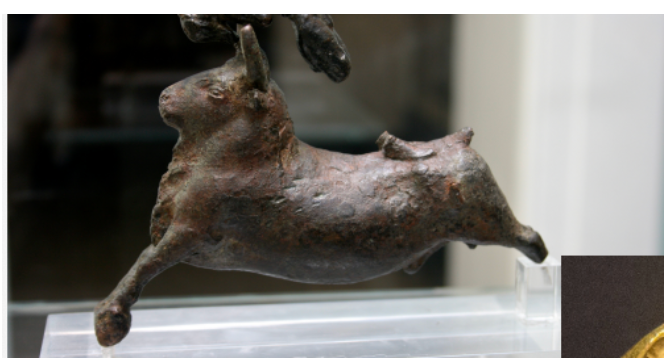
Minoan Bull-Leaper Bronze, Knossos
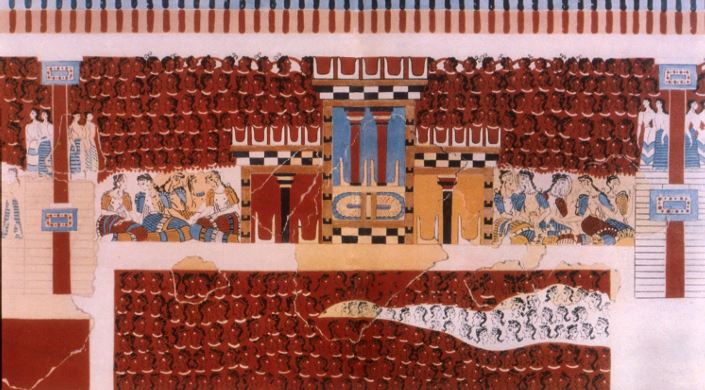
Grandstand Fresco at Knossos, bull leaping in front of audience

Hagia Triada Sarcophagus, Late Bronze Age , Stone Chest depicting Minoan funeral rituals, libations, processions
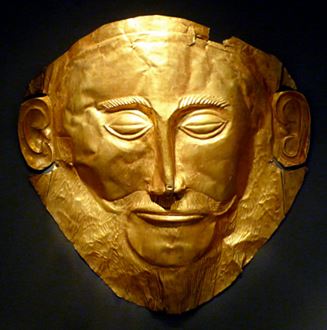
Mask of Agamemnon, Gold, Mycenae, Middle-Late Bronze Age, Discovered by Heinrich Schliemann, likely predates Agamemnon, symbol of Mycenean funeral traditions
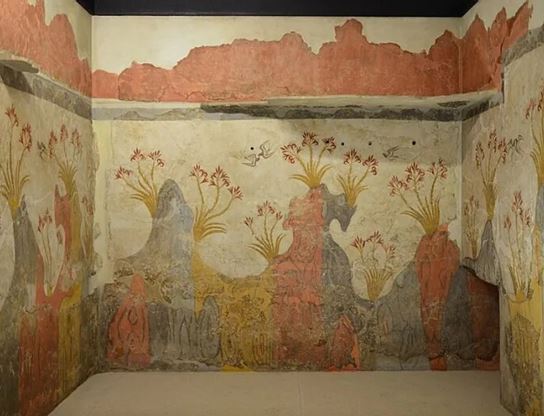
Minoan Spring Fresco Akrotiri, Bronze Age, Depicts springtime Theran landscape
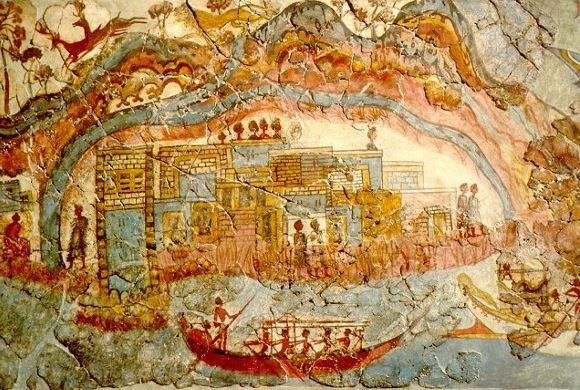
Flotilla Fresco detail from Akrotiri, Minoan, Bronze Age, bright colors
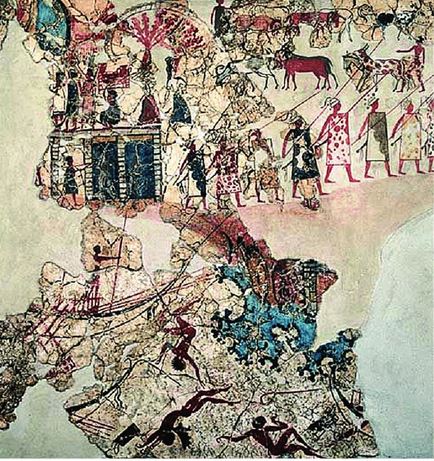
North Wall Frieze from West House, Akrotiri, Minoan, Bronze Age, People casted off ship, Minoans not as peaceful

Boar Hunt Fresco Tiryns, Mycenaean palace, Late Bronze Age
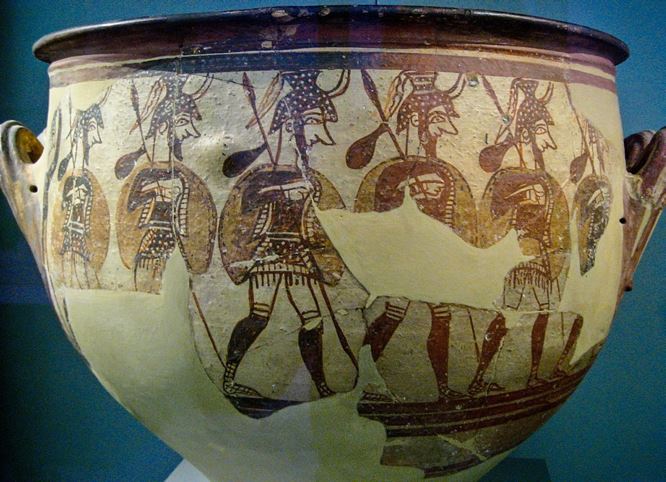
Mycenean Soldiers on the Warrior Vase, Late Bronze Age
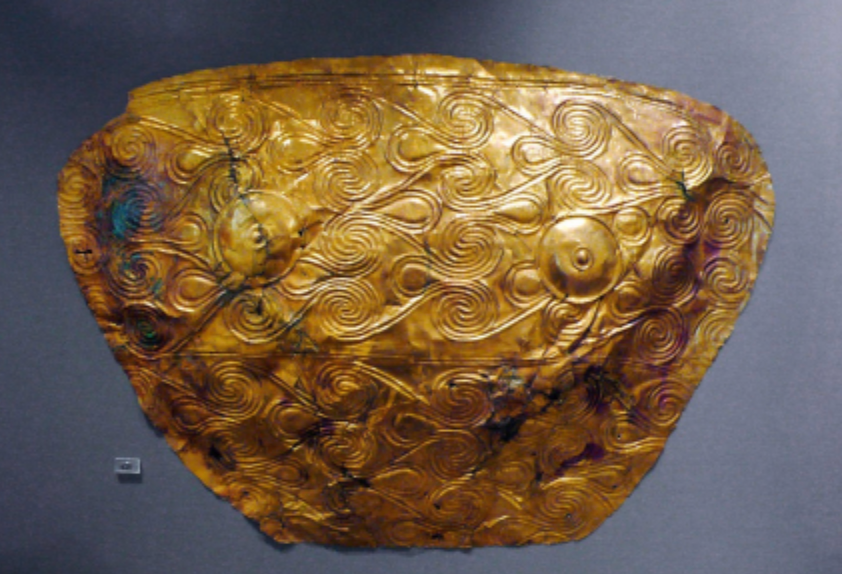
Mycenaean armor in Hittite Art, breast plates depicted in Hittite culture, Royal Shaft Grave V, POV of Hittites (Anatolia, Trkey), Mycenaean + Troy
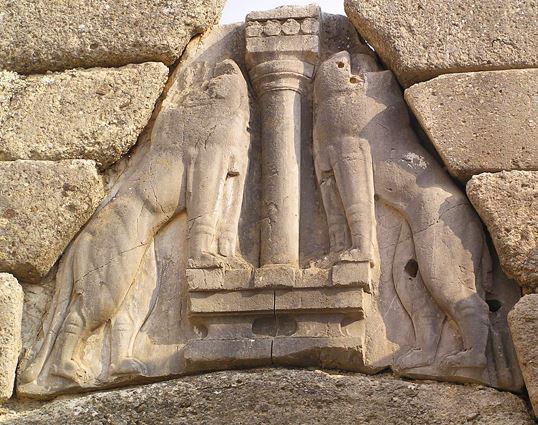
Lion Gate Mycenae, Late Bronze Age

‘Treasury of Atreus’ Tholos Tomb at Mycenae, Late Bronze Age, wealth, Largest Tholos tomb in Mycenae (domed)
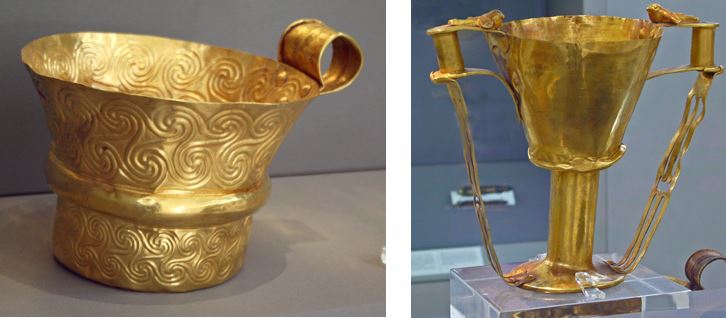
Cups from Mycenae, Middle Bronze Age, wealthy

Lion Hunt Dagger from Shaft Grave IV, Mycenae
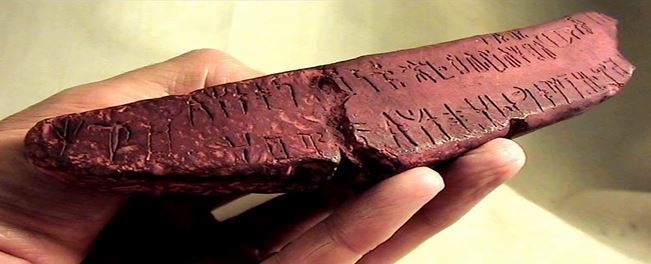
Linear B, Alice Kober/Michael Ventris 1952, Used for writing Mycenean Greek

Warrior Fresco, Palace of Pylos, Mycenae,
Depicts warriors fighting across water, probably showing conquest
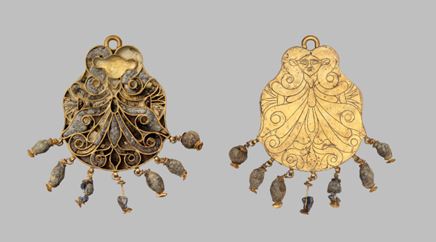
Pendants from Palace of Nestor at Pylos, made of gold/lapis/glass, Egyptian goddess Hathor
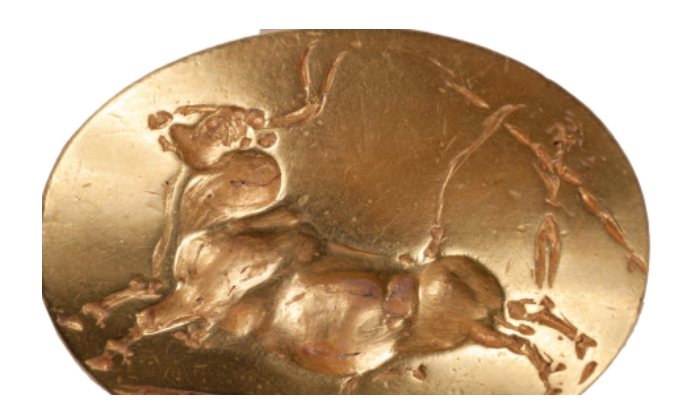
Rings from the Tomb of the Griffin Warrior, middle Bronze Age, Gold ring depicts bull-leaping
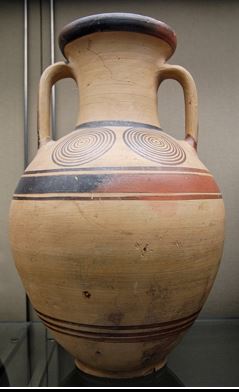
Protogeometric Amphora from the Ceramicus cemetery in Athens, Iron Age, Example of Athenian pottery, cultural revival after fall of Mycenae
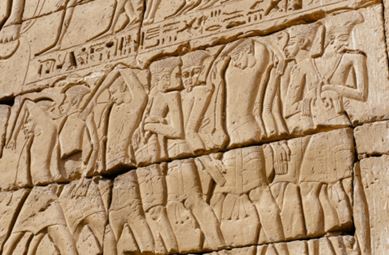
Peleset Prisoners, Stone relief at Ramses III’s temple, (Egypt), Depict defeat of Peleset, likely part of Sea Peoples, war and outside threat that Egypt overcame
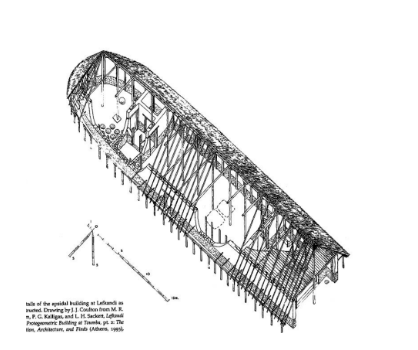
Lefkandi Heroon, Early Iron Age, burial site, ashes of some warrior/skeleton of a woman w/ golden hairdress
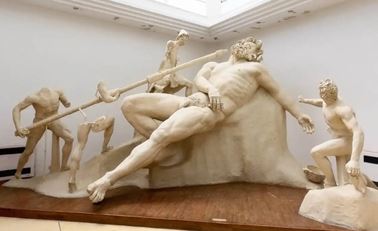
The Blinding of the Cyclops
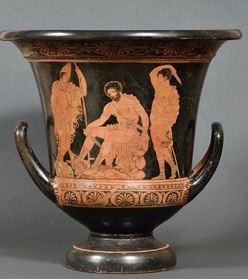
Lucanian Red-Figure Calyx-Crater, Odysseus Summoning the Shades, Golden Age
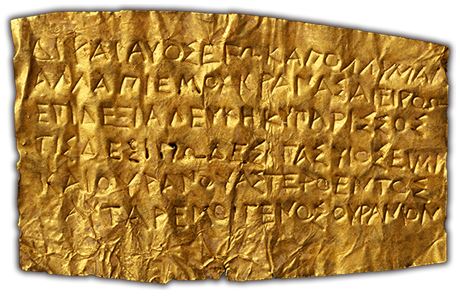
Tablet with instructions for the deceased in the Underworld, Greek Golden Age

Siren Vase Red Figure Stamnos, Golden Age, Depicts Sirens taunting Odysseus = tied to the ship’s pole
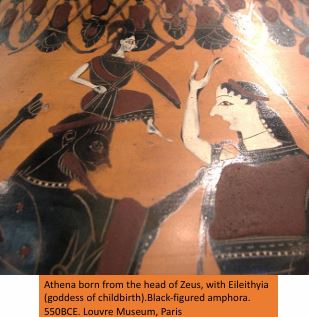
Black-figured amphora, Athena Born from the Head of Zeus, with goddess of childbirth, Early Golden Age
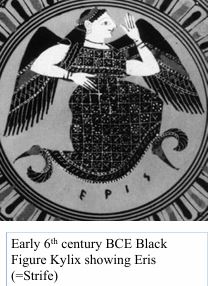
Black Figure Kylix showing Eris, Archaic Age, Relates to Work and Days
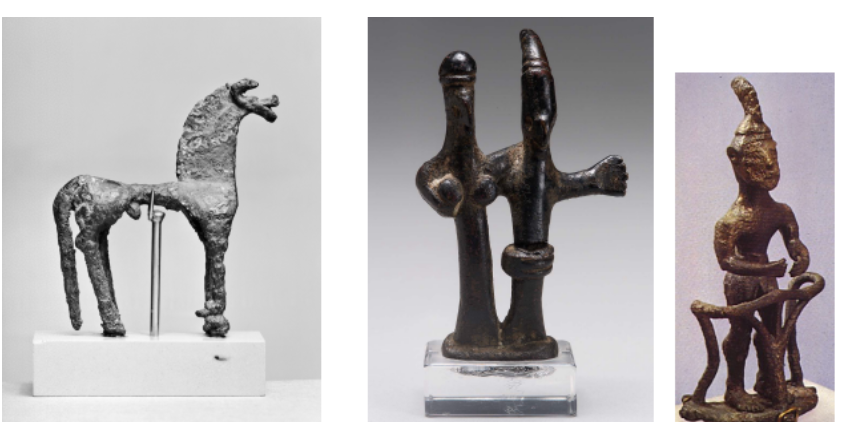
Early Olympia, Western Peloponnesian Rural Cult, Animal Figurines dedicated at Olympia, evidence of cult activity
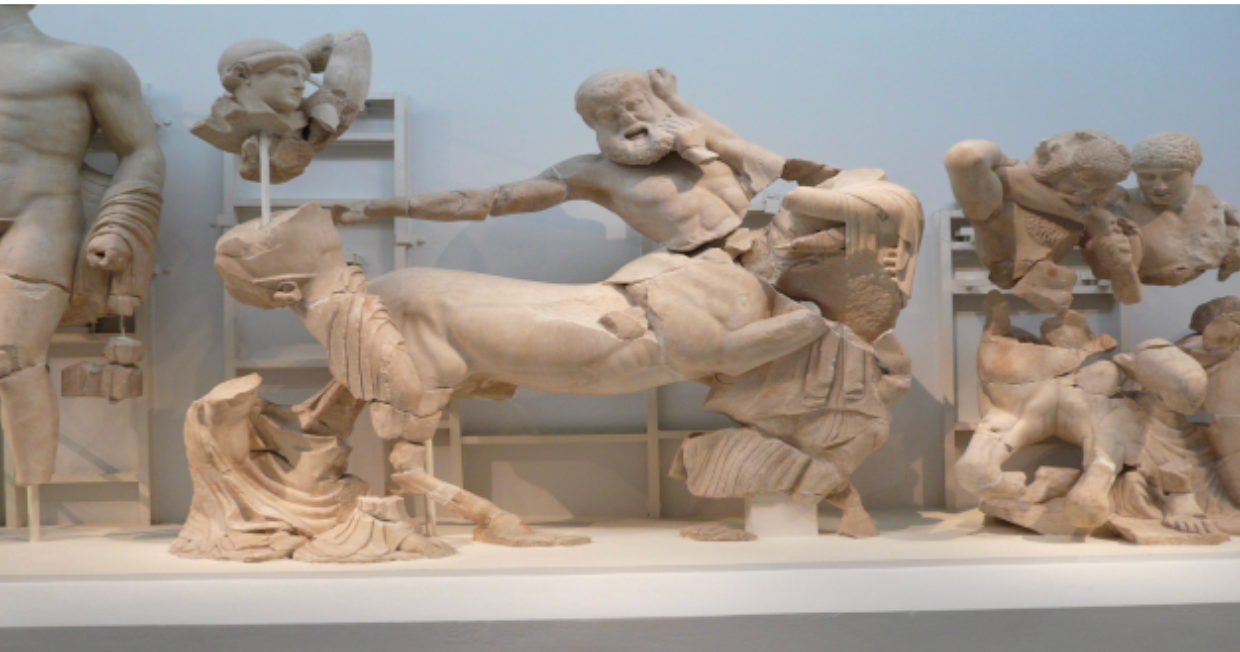
Iconography of the Festival of Zeus, West Pediment, Zeus fighting Lapiths & Centaurs

Hysplex and the Hoplitodromos, Olympics, Hysplex: mechanical starting gate for footraces, Hoplitodromos: armored sprint event
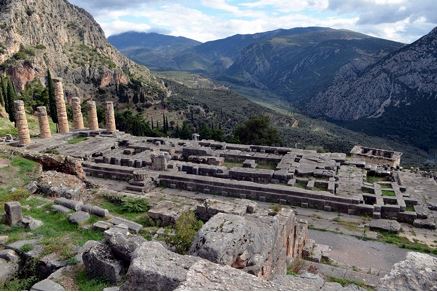
Temple of Apollo at Delphi, Apollo, Pythia/Oracle
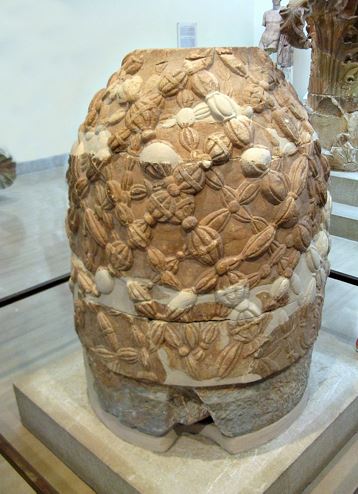
The Omphalos at Delphi, Marble, Zeus set it there, center of the world, symbolized a connection to Gods. Used by Oracle.
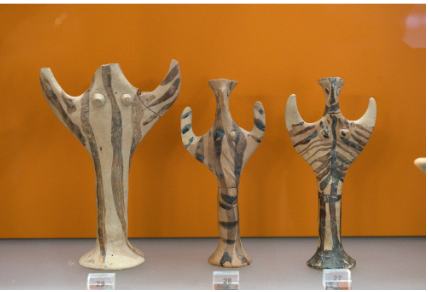
Late Mycenaean Terracotta Female Figurines, sanctuary of Athena Pronaia at Delphi, pre-Apollo cult activity at Delphi, repurposed to serve Apollo & Athena
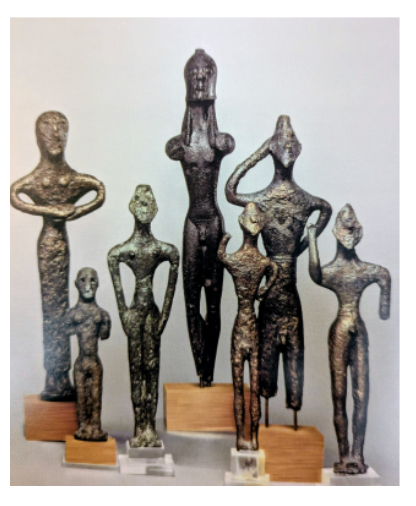
Oracular dedications to Apollo, figurines, Cult of Apollo Pythios
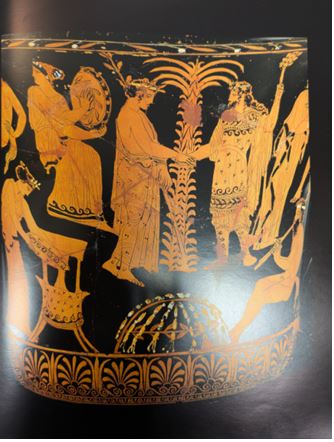
Red figure krater by Kadmos, Apollo Welcomes Dionysus at Delphi, Above the Omphalos.
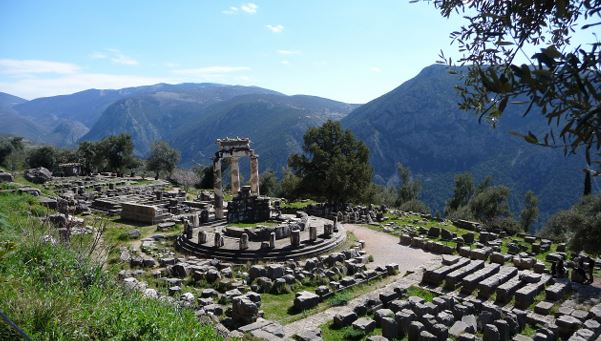
Tholos in the Sanctuary of Athena Pronaia
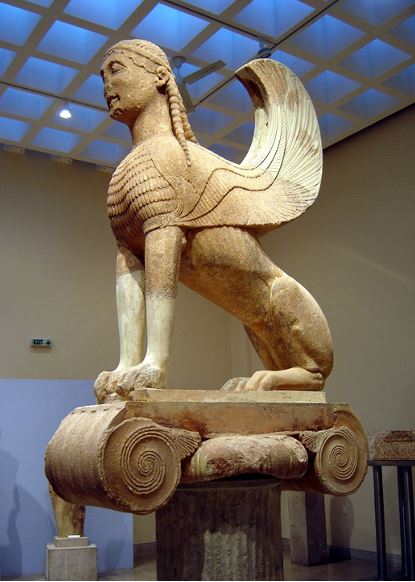
Sphinx of Naxians, Archaic Period, Dedicated by Naxians to Apollo to recieve promanteia
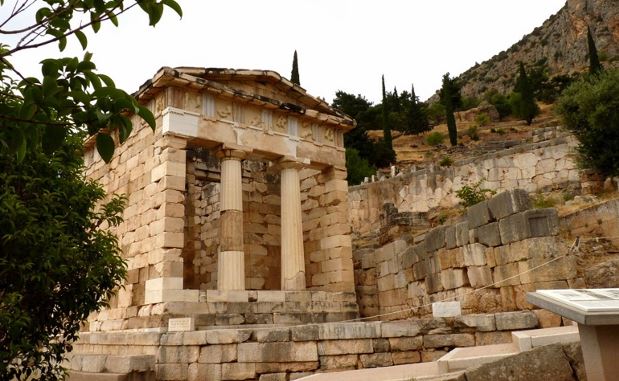
Athenian Treasury Delphi, built to honor/thank Apollo for victory at Battle of Marathon, housed treasures for Apollo.
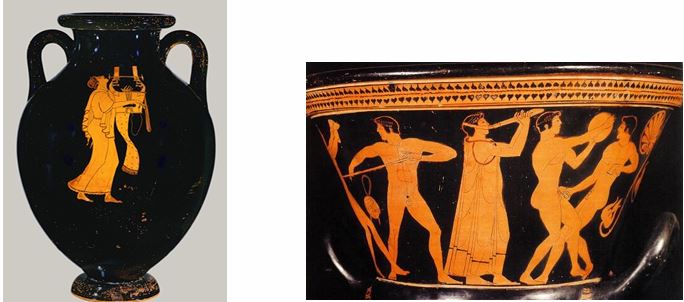
Mousikoi Agones, The Kithara and the Aulos, music contests at Pythian games. Shows kithara and aulos instruments, dedication to the Muses.
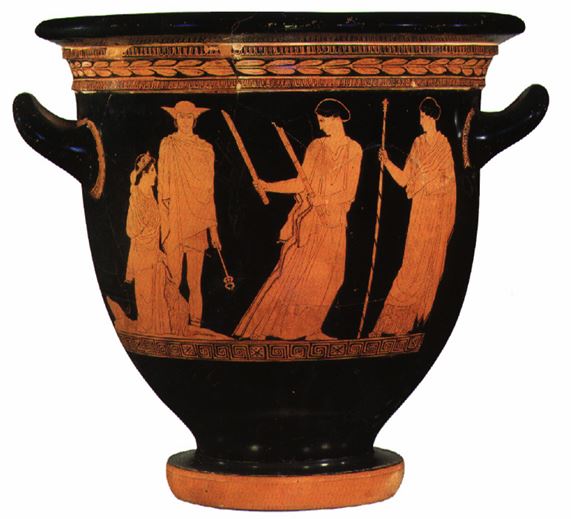
Attic Red Figure Krater, Athenian Golden Age, depicts Hermes leading Persephone forth from the underworld to be greeted by Hekate and her mother Demeter
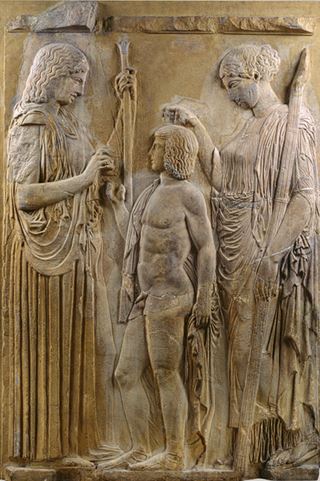
Marble Votive Relief found at Eleusis, Depicts Demeter, Triptolemos and Persephone
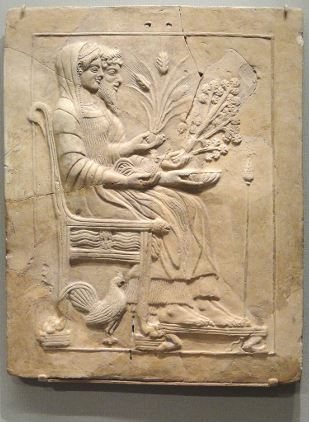
Marble Pinax of Persephone and Hades found in Sanctuary of Persephone in Locri, Depicts Hades & Persephone w/offerings. Pinax likely donated by maidens praying for Persephone’s protection

Ninnion Tablet, red clay found at Eleusis, Only known representation of Eleusinian Procession and Initiation
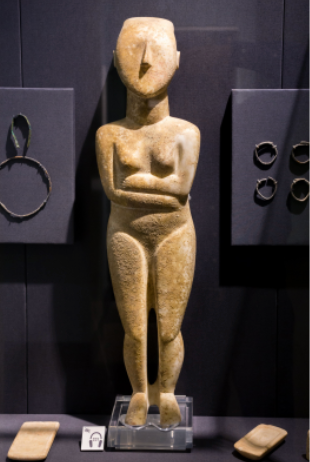
Cycladic Figurine, Spedos type, early Cycladic, Minoan or Cretan culture
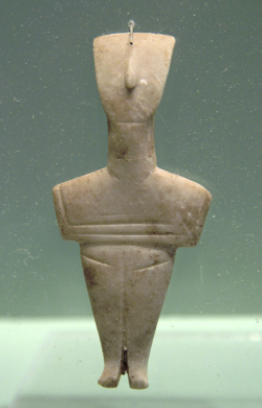
Cycladic Figurine from Crete, Koumasa, early Cycladic, Minoan or Cretan culture
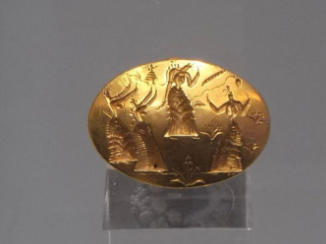
Gold signet ring from Knossos, unknown about Minoan religion, female socratily
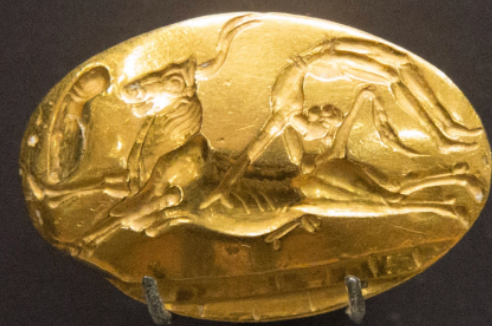
Knossos Gold Ring with Minoan Bull-Leaper, Knossos

Nestor’s Cup, Italy, new greek alphabet from the Phoenicians, Homeric past

Iconography of Zeus - East Pediment: Zeus, Pelops, Oinomaos, story about kingship/victory/cheating
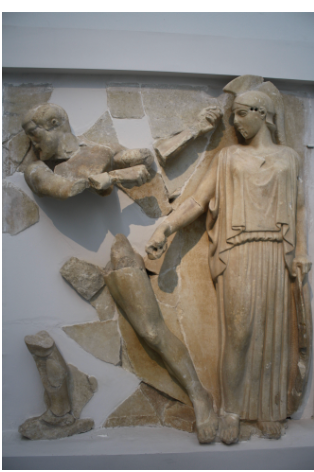
Metopes - Heracles Cleaning Stables of Augeas (King of Elis)
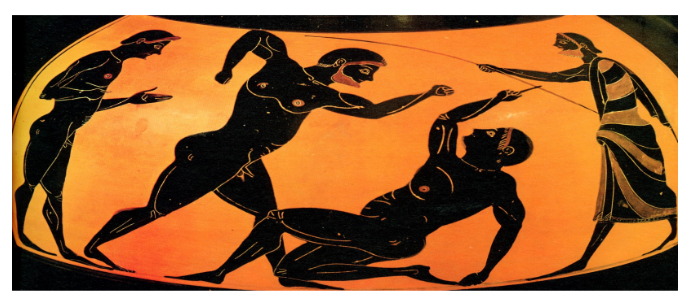
rules and objectivity, judge whipping athlete
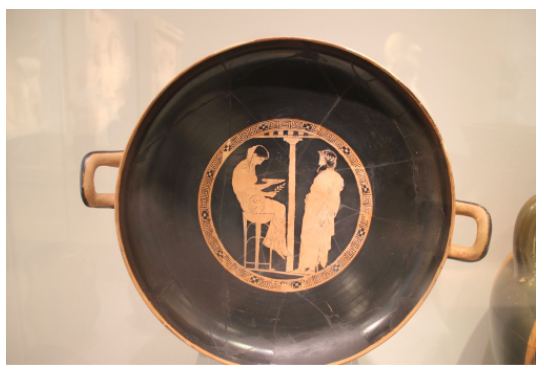
Red figure Kylic by Kodros painter, oracle before Apollo
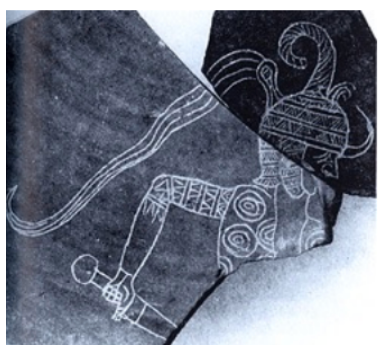
Similar breast protection on this Mycenaean warrior inscribed on a Hittite clay vessel

Gold ring depicting women before a shrine, tomb of griffin warrior, middle bronze age
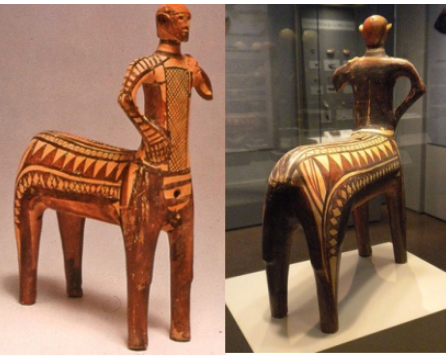
Lefkandi Centaur, found at grave site at Lefkandi, early Iron Age, burial offering, Euboeans dark age doesn’t last long